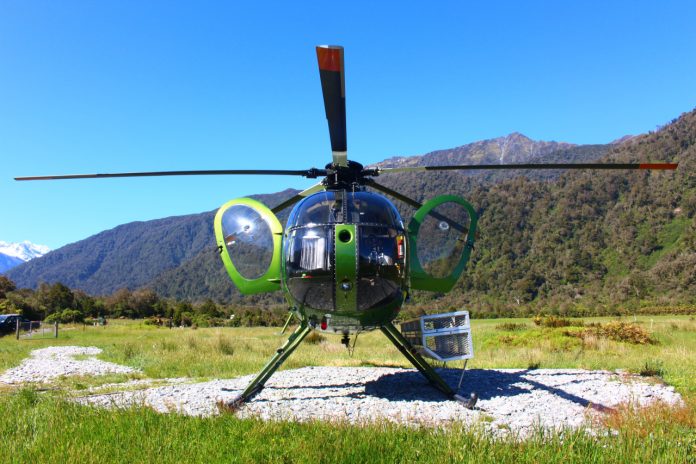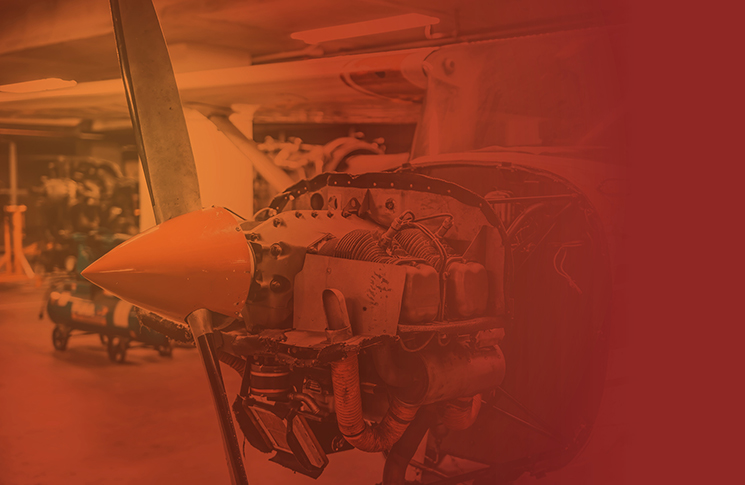A report into the crash of a helicopter undertaking powerline inspections in South Australia in July 2016 underlines the importance of cross-checking fuel quantities before flight.
The Australian Transport Safety Bureau (ATSB) has found that the crash, which seriously injured three people, was the result of confusion about the aircraft’s fuel state. The helicopter took off with only 170 litres of fuel instead of the 350 litres which the pilot believed was in its tanks.
The McDonnell Douglas 369D had a main tank capacity of 242 litres and a 115 litre auxiliary tank. The auxiliary tank had no gauge, a design which met a proposed restricted category approval for repositioning flights but was not intended for normal category operations.
The main tank fuel quantity indicator was non-linear, meaning that there was little difference between an indication of full and ¾ full (162 litres).
Ground staff mistakenly told the pilot on the morning of the crash that the aircraft had been refuelled. The ATSB found that the pilot was distracted during the pre-flight inspection and omitted a crosscheck of the fuel quantity, including the auxiliary tank.
‘Being told the helicopter had been refuelled the day before would have also given the pilot the expectation that tanks were full, and may have contributed to missing the fuel check during his pre-flight inspection,’ the report said.
Knowing with certainty the starting fuel quantity is the basis of valid in-flight fuel decision making. CASA’s Civil Aviation (Fuel Requirements) Instrument 2018, which commences on 8 November, requires the management of fuel in flight.






Never ceases to amaze me the lack of common sense that still exists in the field if aviation!! 40 yrs of driving planes means I check my fuel, recheck and check again like its oxygen!.,
Absolutely! Hiring a C172 in Tenerife I was told to go ahead, the mechanic did the checks. My reply, Is the mechanic flying? They were baffled, I’m still here.